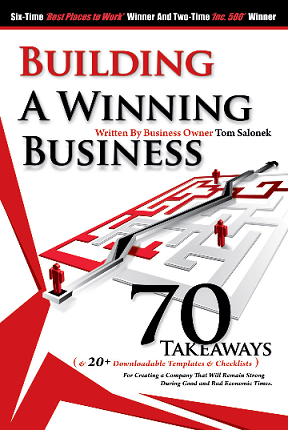Prescription for a Healthy IT Project (Post 5 of 6)
Once you’ve established the basic expectations and defined who has responsibility for what, it’s time to clearly define what’s in and what’s out of the project. In the world of Agile, this is choosing what to tackle in a project’s backlog.
With a high profile and highly political project like the federal health insurance website, it’s highly possible that the project terms were changed frequently to appease political forces. A mistake made was to draw a line in the sand around a specific date. While project management methods have changed over time, the old adage is still true, “Time. Budget. Features. You get to choose two of the three.” If the project was handled properly, changes – and their implications for the timeline and budget –would have been handled correctly.
It seems obvious that when project additions occur (and always they do), give and take must happen. If there are additions, the client needs to expect more time and/or budget. If not, more features obviously translates into the need to let go of other aspects of the project to keep the bottom line from increasing.
Perhaps most important of all, is the establishment of sprints. Sprints keep projects moving forward smoothly. Even small projects should have several sprints.
Finally, success is a two way street. Not all the responsibility for making things work lies with the vendor. In my last post in this series I will discuss the importance of being a good customer.




 Sometimes a computer error can transcend aggravation and make us laugh. Check out this post on
Sometimes a computer error can transcend aggravation and make us laugh. Check out this post on 